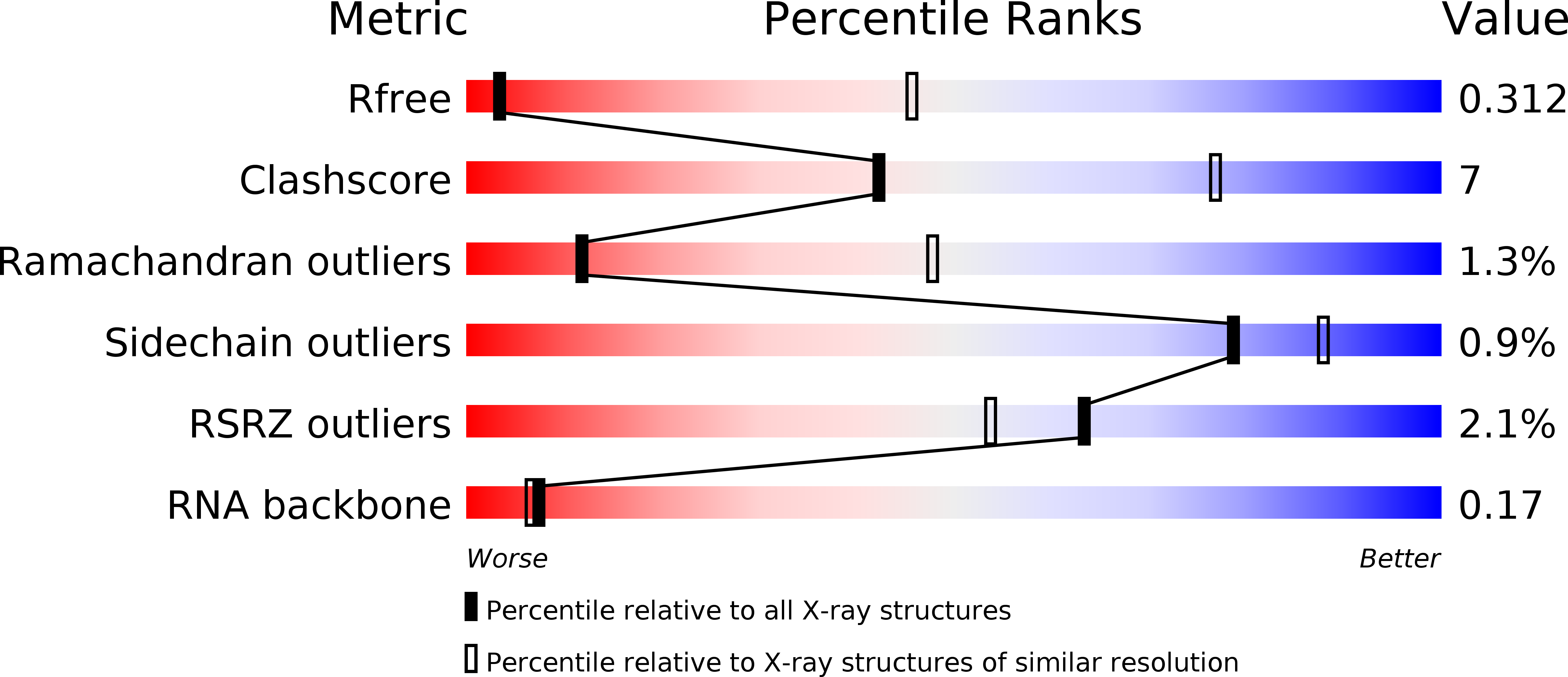
Deposition Date
2016-06-23
Release Date
2016-08-17
Last Version Date
2024-03-06
Entry Detail
PDB ID:
5KL8
Keywords:
Title:
Crystal structure of the Pumilio-Nos-CyclinB RNA complex
Biological Source:
Source Organism:
Drosophila melanogaster (Taxon ID: 7227)
Host Organism:
Method Details:
Experimental Method:
Resolution:
4.00 Å
R-Value Free:
0.31
R-Value Work:
0.28
R-Value Observed:
0.28
Space Group:
P 65 2 2


